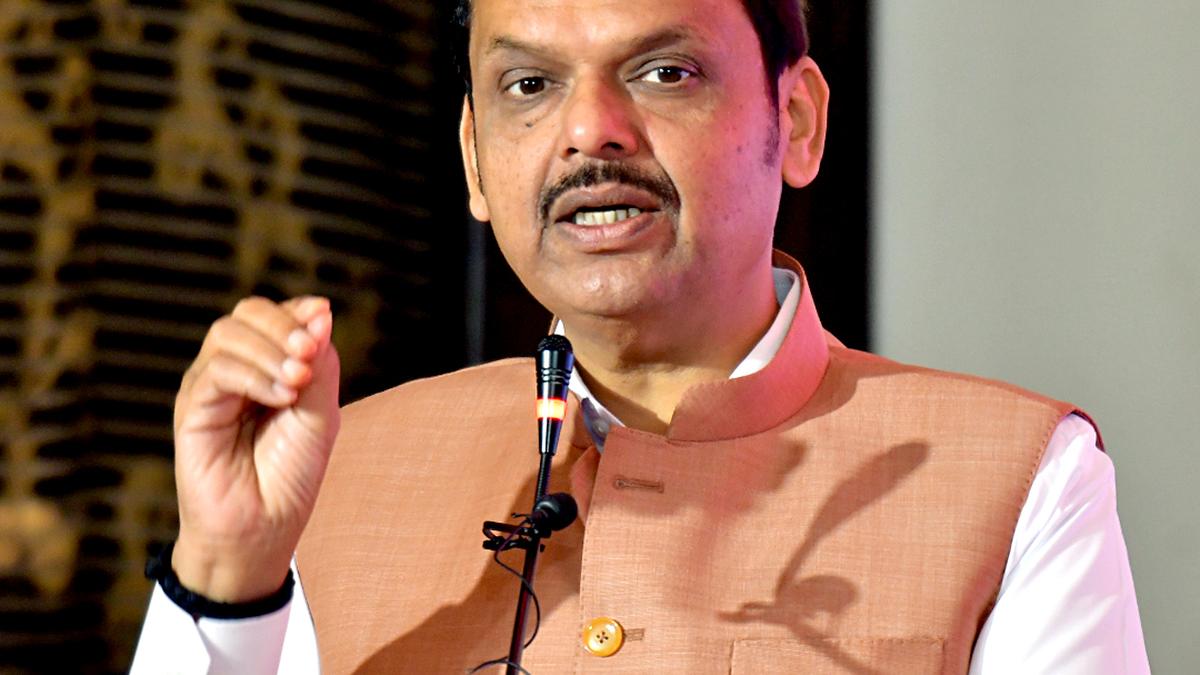China warned American officials not to interfere in Beijing’s relations with New Delhi even as the Chinese side sought to prevent border tensions from prompting India to partner more closely with the US, a new Pentagon report has revealed.
The China Military Power Report (CMPR) is an annual assessment by the US department of defense of challenges posed by the People’s Liberation Army (PLA). The section on the India-China border in this year’s report said the PLA sustained the deployment of forces and continued building up infrastructure along the Line of Actual Control (LAC) throughout 2021.
Since May 2020, India and China have been locked in a standoff in the Ladakh sector of the LAC that has taken bilateral relations to their lowest point in almost six decades. Twenty Indian soldiers and at least four Chinese troops were killed in a brutal clash at Galwan Valley in June 2020 and New Delhi has insisted that the overall relationship cannot be normalised till peace and tranquillity are restored in the border areas.
“The PRC [People’s Republic of China] seeks to prevent border tensions from causing India to partner more closely with the United States. PRC officials have warned U.S. officials to not interfere with the PRC’s relationship with India,” the report said, noting that India-China negotiations made “minimal progress as both sides resist losing perceived advantages on the border”.
Following more than two dozen rounds of diplomatic and military talks, India and China withdrew their frontline troops from both banks of Pangong Lake, Gogra, and Hot Springs. However, they have not been unable to resolve the face-off at other friction points such as Depsang and Demchok.
The report noted that throughout the standoff, “PRC officials sought to downplay the severity of the crisis, emphasizing Beijing’s intent to preserve border stability and prevent the standoff from harming other areas of its bilateral relationship with India”.
In recent months, Chinese officials have repeatedly said the standoff should be put in its “appropriate place” while the two sides take forward their ties in other areas such as trade, but such an approach has been roundly rejected by the Indian side.
In its brief assessment of the standoff on the LAC, the US report said that since May 2020, Chinese and Indian forces “faced off in clashes with rocks, batons, and clubs wrapped in barbed wire at multiple locations along the LAC”. The standoff triggered the buildup of forces on both sides and each country demanded the withdrawal of the other’s forces and a return to pre-standoff conditions, but “neither China nor India agreed on those conditions”, it added.
China “blamed the standoff on Indian infrastructure construction, which it perceived as encroaching on PRC territory”, while India “accused China of launching aggressive incursions into India’s territory”.
Since the 2020 clash, the PLA has “maintained continuous force presence and continued infrastructure build up along the LAC”. The incident in Galwan Valley was the “deadliest clash between the two nations in the past 46 years”, the report said.
The Pentagon said that because of the sustained military development along the LAC, the PLA Western Theater Command’s deployment will “likely continue through 2022”.
The Western Theater Command is geographically the largest theatre command within China and is responsible for responding to conflict with India. PLA units within the Western Theater Command include 76th and 77th Group Armies and ground forces subordinate to Xinjiang and Xizang Military Districts, three air force bases, one transportation division, and one PLARF base.
Following the clash in Galwan Valley, the Western Theater Command conducted a “large-scale mobilization and deployment of PLA forces along the LAC” and Chinese leaders view the “PLA’s growing global presence as an essential part of the PRC’s international activities to create an international environment conducive to China’s national rejuvenation”, according to the report.
The Chinese Communist Party has tasked the PLA to “develop the capability to project power outside China’s borders and immediate periphery” to secure China’s growing overseas interests and advance its foreign policy goals, the report added. At the same time, China is “focusing efforts to develop security relationships with key countries along its periphery”, including through new cooperative security partnerships and the expansion of PLA’s global military attaché presence.
The Pentagon report also warned that China’s stockpile of nuclear warheads almost doubled from around 200 in 2020 to 400 in 2022, whereas the US had earlier estimated that it would take China a decade to reach this figure by 2030. China could now be set to have about 1,500 nuclear warheads by 2035.
Though US officials have said they believe a Chinese invasion of Taiwan is not imminent, the report noted that the PLA’s goal of accelerating the integrated development of mechanisation, informatisation, and intelligentisation of the armed forces by 2027 could give the PLA “capabilities to be a more credible military tool for the Chinese Communist Party (CCP) to wield as it pursues Taiwan unification”.
China has never renounced the use of military force for Taiwan’s unification and the circumstances under which the country has historically indicated it would consider using force “remain ambiguous and have evolved over time”, the report added.









![Best Weight Loss Supplements [2022-23] New Reports!](https://technologytangle.com/wp-content/uploads/2022/12/p1-1170962-1670840878.png)




